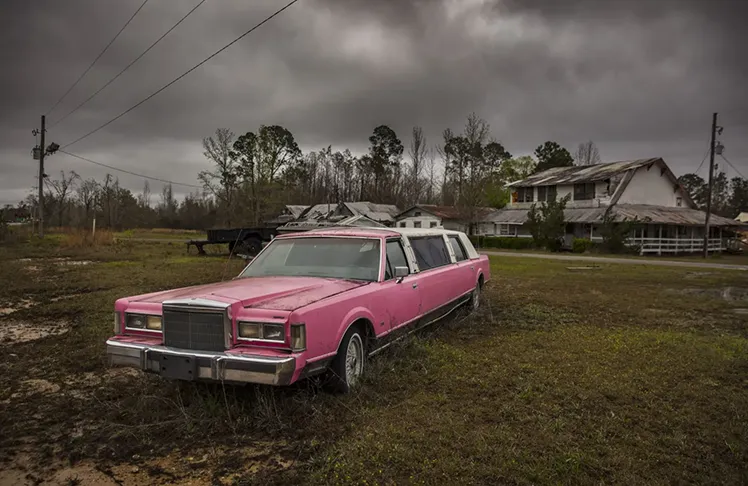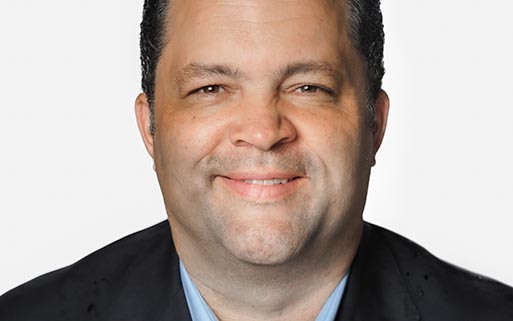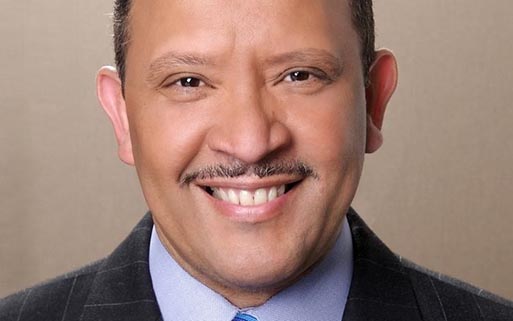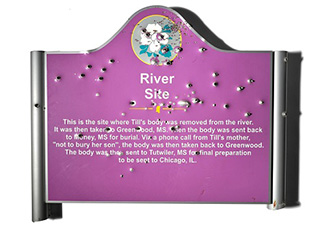
Shadawn McCants, of Houston, was diagnosed with HIV at 17-years-old. Now 46, she says back in 1995 when she was diagnosed, it was a death sentence, and there was a lot of fear surrounding her prognosis.
“I tell people I gave birth to triplets: shame, fear, and guilt,” she says. “I was very unsure of what this really meant for me. I had dreams at that time, but because my life changed, I had to take a different path.”
Despite the internal and external shame and stigma she faced, McCants still went on to finish high school, get her undergraduate degree, and later her master’s degree. Now, she’s a licensed therapist and an advocate for HIV awareness.
The days of HIV being a death sentence are long over. With advancements in medicine and prevention efforts, contracting the virus doesn’t mean your life will end. But stigma, misinformation, and shame continue to burden Black and Brown folks who are overwhelmingly vulnerable to the virus.
What’s Going on in the South?
In 2022, Southern states accounted for nearly 50% of new HIV infections, according to the Centers for Disease Control and Prevention. African Americans made up 37% of the estimated 31,800 HIV infections in that year, higher than other racial and ethnic groups.
But what is it about the South that puts Black people at higher risk of contracting the preventable disease?
“The South is really a critical battleground in the fight against HIV, with some unique challenges,” Randevyn Pierre says. The Atlanta resident serves as the director of the external affairs community liaison team at ViiV Healthcare and is on the board of directors of the Southern AIDS Coalition.
Many of the states with the highest rates of poverty in the U.S. are in the South, with more than 20% of poverty occurring in rural areas. Pierre says transportation is spread out in these rural Southern areas, which adds to the disparities and difficulties folks have in accessing HIV care.
One of the most exacerbating factors to the rates of HIV infection is: stigma. HIV stigma and discrimination continue to affect the mental state of those living with the disease, according to the CDC. And it can lead people to delay getting tested and treated for the virus.
“The stigma tends to be different in the South,” Pierre says. “We’re living in the Bible Belt, where people tend to think more traditionally about family, identity, partnership, and sexual orientation.”
To alleviate those challenges, he suggests creating policies that increase health care access for communities that are most at risk and pushing to remove barriers to prescription medications that treat the disease. But Pierre says there needs to be more attention on Black women who are heavily impacted by HIV and “have carried our community for so long.”
While data shows that men who have sex with men account for the highest percentage of new HIV infections, infection rates also disproportionately affect Black women. In 2022, Black American women accounted for 50% of new HIV diagnoses, a little more than two times the rate for white women and two and a half times the rate for Hispanic women.
Taking Care of HIV and Mental Health
As a teen, McCants admits she coped the best way she knew how, by putting her head down and masking the pain with substances and partying. And prior to her diagnosis, she had already experienced abuse, neglect, and sexual assault.
“I was already a young adult that was needing mental health treatment and support, but I didn’t receive it,” she says. “Even at the time of my diagnosis, I was seen as a strong Black woman.”
The Strong Black Woman stereotype is systemically endorsed as Black women who can overcome all obstacles, remain strong through any trial, and sacrifice themselves for others. For McCants, she was left with little to no mental health care services, in large part because she was expected to be a strong resilient Black woman — even as a teen.

It’s not just stereotypical tropes that reinforce stigma and barriers to HIV care.
“The Bible Belt is a big barrier when we talk about HIV. Because we’re in the Deep South, the conversation is abstinence. What they tell you is, don’t bring a baby home. But don’t bring a baby home means that you’re still having sex,” McCants says. “It’s unfortunate because there are women who are sitting in those pews, living with a diagnosis and don’t know where to go. You tell me to pray — however, you’re telling me (Jesus’) looking at me with a mark.”
In recent years, churches across the South have increased initiatives to reduce HIV stigma among Black men and congregation wide testing. Since 2017, the National Faith HIV/AIDS Awareness Day is celebrated every August 29. And individual churches connect folks with HIV health care and counseling services.
Saving Lives With Grassroots Solutions
“Initially, all I wanted to do was pass out sandwiches,” says DeWayne Crowder, executive director of A Vision 4 Hope, a service-based organization in Atlanta that offers health care services to underserved communities. Part of its work includes offering HIV testing to those who are positive or may be impacted by the virus, initiation of health care services, and connecting folks to housing. With a background in social work and health care, Crowder quickly realized there was a lot of need in the community.
“I wanted to create something that was instant gratification for the community I serve. Sometimes, within the LGBTQ community, a referral doesn’t necessarily lead to (services). I wanted to make something impactful for the community to eradicate HIV,” he says.
While these grassroots efforts are needed and important, Crowder recognizes the gaps in HIV prevention and barriers to access in other Southern states. For example, he says more effort needs to be made to create status neutral programs for transgender individuals — where treatment goes hand in hand with prevention.
Another challenge? Medicaid.
More than 40% of Americans who are living with HIV are enrolled in Medicaid. The expansion of this health insurance can significantly improve health outcomes, according to a Kaiser Family Foundation report. And prevention efforts continue to show improvements in HIV infection rates, with a year over year decline from 2018 to 2022, according to the CDC.
The type of care someone gets in a health care setting can also impact their health outcomes, studies continue to show. Everyone deserves to have access to culturally competent care, Crowder says — but especially Black and Brown communities.
“It’s something that’s needed to eradicate HIV, to put an end to it, to make sure everyone is aware of their sexual health status,” he says. “It’s important we create theses resources of linkage for those who lack access.”
On a Mission to Shift the Narrative
In the last 28 years that McCants has lived with HIV, she’s heard every adjective you can imagine. Those living with the virus are often called nasty, disgusting, dirty, dark, and ugly, she says. And this type of harmful language can cause individuals to internalize negativity and feel as though they are HIV instead of living with HIV.
Part of McCants advocacy work involves shifting the language and narrative of how people talk about HIV. And as a mental health therapist, she knows folks who internalize this language are more likely to experience loneliness, depression, and anxiety.
“Babygirl, Babyboy, that’s not who you are. You’re not HIV,” she says. “HIV is just a part of your story.”
From a clinical perspective, McCants says it’s important that we as a community work towards healing. Part of that healing process is recognizing that the letter H in HIV stands for human. And she encourages folks to educate themselves about the virus, because misinformation and a lack of information fuels ignorance in these spaces.
The onus isn’t just on those who are vulnerable to HIV. Friends and family can do a lot, McCants says it can be the difference between life and death.
“People are dying because of the stigma, because of the shame,” she says. “They’re dying because they didn’t feel like they have anyone to love or support them. What family can do, is love them beyond the diagnosis.”
And McCants tells anyone who is living with HIV to remember these words: “You are inherently valuable. You are love. You are light. You are one amazing, pretty damn dope individual. I see you as worthy. I see you as loveable. I see you as enough. You are not this virus.”















